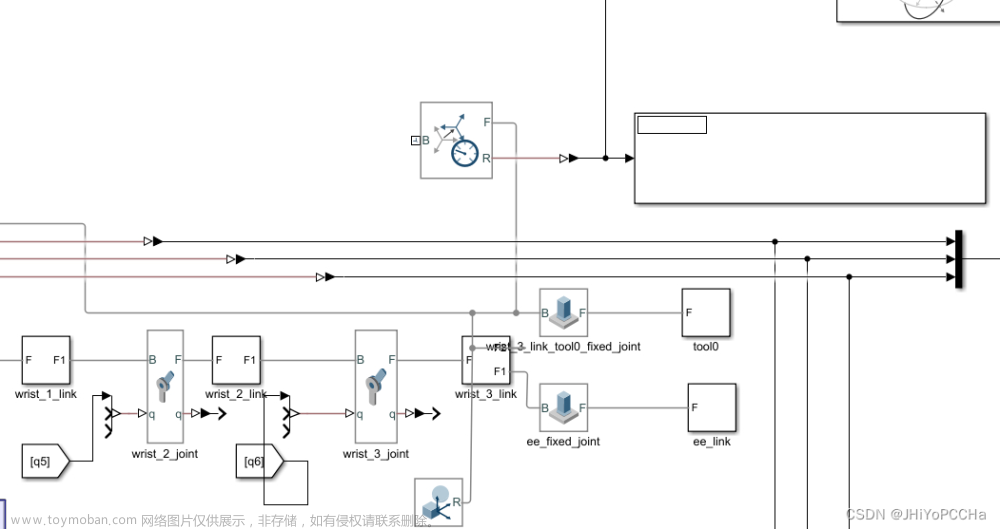问题:
一共有N个位置,机器人从start开始,走K步到end
机器人到1后只能向2运动,到N后只能向N-1运动,即不能越界,只能在1-N的位置运动
求总的路线的个数
例:
N=4,startp=1,endp=3,K=4
则路线如下:
1->2->3->4->3
1->2->3->2->3
1->2->1->2->3
总共有3条路线
#include<iostream>
using namespace std;
int N,K,startp,endp;
int ways2_temp[10000][10000]={0};
int ways3_temp[10000][10000]={0};
void ways2_initial()
{
int i,j;
for(i=0;i<N+1;i++)
for(j=0;j<K+1;j++)
ways2_temp[i][j]=-1;
}
void ways3_initial()
{
int i,j;
for(i=0;i<N+1;i++)
for(j=0;j<K+1;j++)
ways3_temp[i][j]=0;
}
//法一:递归
//N为位置数,rest为剩余步数,cur为当前位置,endp为目标位置
int process1(int N,int rest,int cur,int endp)
{
if(rest==0) return cur==endp?1:0; //rest等于0时应该返回,此时应检查cur是否等于endp,若相等,则返回1(这条路可以走),否则返回0(此路不通)
if(cur==1) return process1(N,rest-1,2,endp);//若cur=1,则路线数等于cur=2,rest=rest-1时的路线数
if(cur==N) return process1(N,rest-1,N-1,endp);//若cur=N,则路线数等于cur=N-1,rest=rest-1时的路线数
//如果cur不等于1,也不等于N,即在中间位置,则下一步既可以向左走,又可以向右走,所以等于左右步数相加
else return process1(N,rest-1,cur+1,endp)+process1(N,rest-1,cur-1,endp);
}
//法二:带有缓存的解决办法
//首先判断是否已经缓存了(cur,rest)的值(即路线数),若有则直接返回
//若没有则开始递推,且在返回结果前将结果保存到缓存数组中
int process2(int N,int rest,int cur,int endp)
{
if(ways2_temp[cur][rest]!=-1) return ways2_temp[cur][rest];
int cnt=0;
if(rest==0) cnt=(cur==endp?1:0); //rest等于0时应该返回,此时应检查cur是否等于endp,若相等,则返回1(这条路可以走),否则返回0(此路不通)
else if(cur==1) cnt=process2(N,rest-1,2,endp);//若cur=1,则路线数等于cur=2,rest=rest-1时的路线数
else if(cur==N) cnt=process2(N,rest-1,N-1,endp);//若cur=N,则路线数等于cur=N-1,rest=rest-1时的路线数
//如果cur不等于1,也不等于N,即在中间位置,则下一步既可以向左走,又可以向右走,所以等于左右步数相加
else cnt=process2(N,rest-1,cur+1,endp)+process2(N,rest-1,cur-1,endp);
ways2_temp[cur][rest]=cnt;
return cnt;
}
//法三:动态规划
//由前面的方法可知,可以构建一个数组,行数为N,列数为K+1,第i行第j列的数值表示当前位置为i剩余步数为j时的路线总数
//而对于二维数组中每个值,都等于左上和右下值之和(第一行只有右下,最后一行只有左上)
//此外,对于第一列,即剩余步数rest=0时,只有当行数等于目标位置endp时,值为1
//故可以从左到右扫描数列,填充二维数组,最后的结果为第endp行第K列的值
int process3(int N,int K,int startp,int endp)
{
int i,j;
for(i=0;i<=K;i++) ways3_temp[i][0]=0;
ways3_temp[endp][0]=1;
for(i=1;i<=K;i++){
ways3_temp[1][i]=ways3_temp[2][i-1];
for(j=1;j<=N;j++){
ways3_temp[j][i]=ways3_temp[j-1][i-1]+ways3_temp[j+1][i-1];
}
ways3_temp[N][i]=ways3_temp[N-1][i-1];
}
return ways3_temp[startp][K];
}
int main()
{
int choice;
do
{
cout<<"请输入位置总数N: ";
cin>>N;
cout<<"请输入开始位置startp: ";
cin>>startp;
cout<<"请输入结束位置endp: ";
cin>>endp;
cout<<"请输入一共要走的步数K: ";
cin>>K;
int result1=process1(N,K,startp,endp);
cout<<"法一 直接递归 得出 一共有 "<<result1<<" 种走法"<<endl;
ways2_initial();
int result2=process2(N,K,startp,endp);
cout<<"法二 缓存递归 得出 一共有 "<<result2<<" 种走法"<<endl;
ways3_initial();
int result3=process3(N,K,startp,endp);
cout<<"法三 动态规划 得出 一共有 "<<result3<<" 种走法"<<endl;
cout<<"是否继续?继续输入1"<<endl;
cin>>choice;
}while(choice==1);
return 0;
}
参考资料:
bilibili 马士兵教育——左程云文章来源:https://www.toymoban.com/news/detail-815306.html
【应B友要求火速上线!算法大神(左程云)教你从暴力递归到动态规划,吊打所有暴力递归、动态规划问题】https://www.bilibili.com/video/BV1ET4y1U7T6?p=13&vd_source=4e9b7dd8105df854ae96830c97920252文章来源地址https://www.toymoban.com/news/detail-815306.html
到了这里,关于动态规划学习——机器人运动的文章就介绍完了。如果您还想了解更多内容,请在右上角搜索TOY模板网以前的文章或继续浏览下面的相关文章,希望大家以后多多支持TOY模板网!










